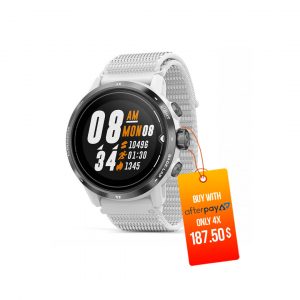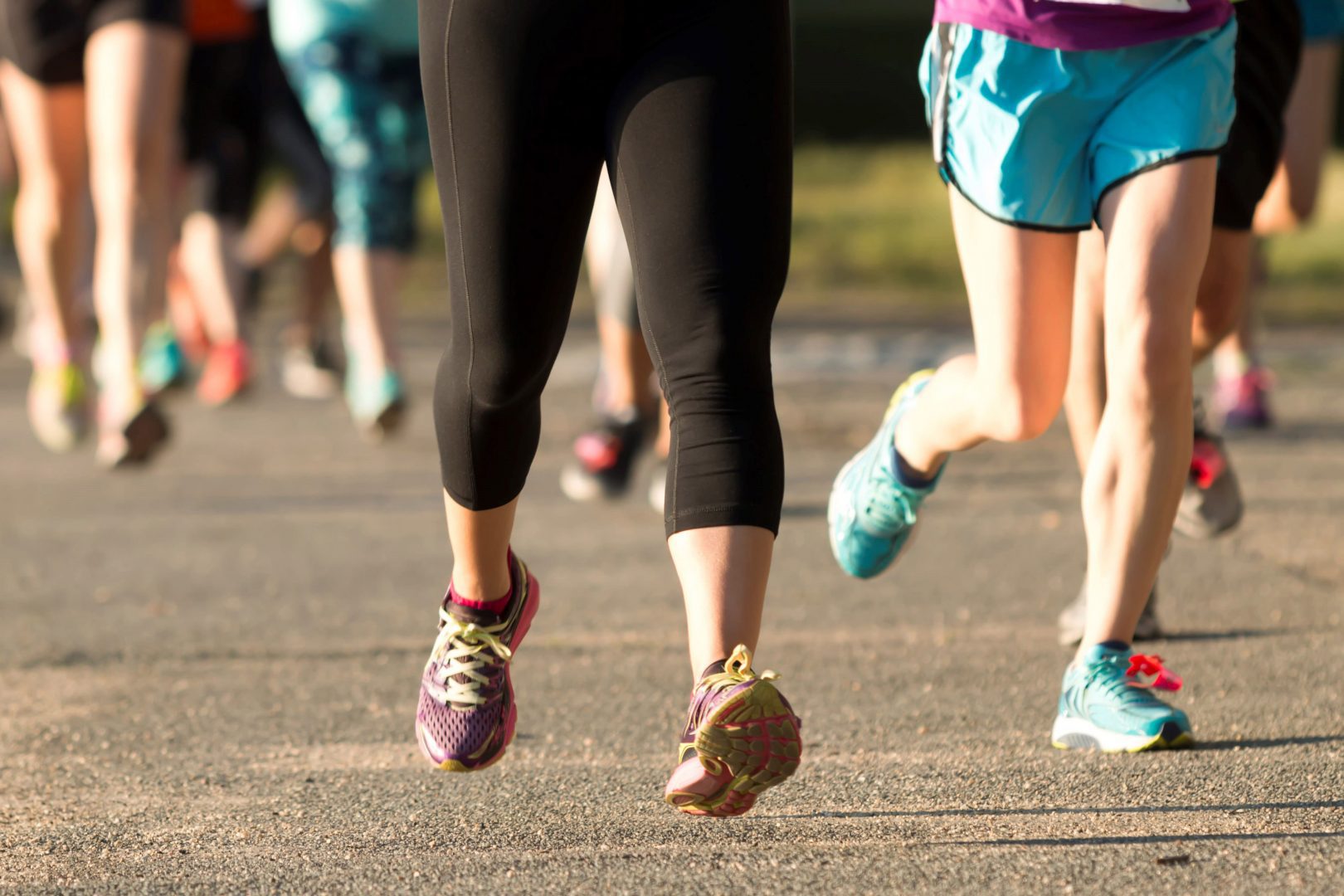Trying to improve your race pace? We’ve got just the guide for you. And it’s completely free. Yes, free. Because here at Pure Running, we’re firm believers that every runner should have access to the best running resources, no matter where they are in their fitness journey. Whether you are preparing for your next morning run or for a marathon, you should be equipped with the most current info on how to run better. So keep scrolling down to learn about some of the best ways you can improve your 5k time. And if you’re interested in running workouts that aren’t long-distance runs, head on over to our other blogs. After all, people want to run for all sorts of reasons. Some run competitively, others for fun, and many to improve their fitness levels. So if you’re keen to develop a better running speed specifically for long runs, read on for some great tips on how to run a faster 5k.
How long does it take to run a 5k race?

The time it takes to complete a 5k race depends on a couple of factors. These include your current fitness level, experience with running long distances, build, gender, and even age. But if we are looking at very broad statistics, the average time it takes for men to complete a 5k race is around 35 minutes, while women end the race at around 42 minutes. However, those who have lots of experience running long distances may be able to finish a race within 20 to 25 minutes. Intermediate runners who consistently run around 20 to 30km a week for a year or more can complete a 5K race around 22 to 25 minutes. Whereas advanced, long-time runners who run 80km or more a week could possibly complete a faster 5K race, crossing the finish line after just 15 to 21 minutes.
Training plan ideas to improve your race pace
Now for the main course: how to run a faster 5k. The key to increasing your personal race pace is to have a proper training plan and sticking to it. Instead of expecting to see immediate results, focus on increasing your race pace over a few weeks to months. Setting too high a goal just as you are starting your pace training plan can hurt your body and cause negative long-term effects. Keep each 5k training session to 20 or 30 minutes at the very start of your training journey, then gradually extend your workout times as your body gets stronger. If you want to see the numbers, you could manually measure your pace by setting the running pace on a treadmill and varying it throughout your training. Or cop one of our lightweight running watches to take with you on each outdoor run. Whether you are concerned about numbers or not, you will surely enjoy feeling stronger during each successive run and less breathless at the end of a race.

- Interval Training
Once you are able to run at a slower, comfortable pace for around 30 to 40 minutes, you can begin interval training. With this method of training, your goal is to push your body as hard as possible for short burst then follow up with a period of rest. Keep repeating this method 5 times or up to 20 minutes each session.
- Extend the run time
Every two weeks, extend the length of each long run. This way, you can improve your ability to concentrate, your stamina, and your personal endurance limits. Make sure to take more frequent walking breaks throughout your run so as not to overdo it.
- Speed work
Add 80m sprints to your usual training sessions. Start with short sprints and slowly work your way up to running for a full 80m. Incorporating speed work into your normal training sessions is a great way to naturally increase your body’s aerobic capacity and oxygen transporting efficiency. Over time, you will be able to run at a higher speed with less effort.
- Travel uphill
Running on an incline will help improve your race pace, flexibility, and muscle strength. It is best to run up short, steep hills with a 6 to 10% incline. Sprint upwards for 10 seconds then walk back downhill to avoid knee injuries. Keep repeating and work your way up to including 8 sprints in each training session.
- Strength training
If you haven’t already, start including strength training exercises to toughen up your calves, glutes, shins, and quads. By improving these specific muscles, your body will be able to propel itself with more power and more efficiently with each run. The classic squats, step-ups, and lunges are great methods to begin with.
Find what works for you
You will see progress as you keep training, so don’t beat yourself up if you don’t get immediate results. When you start to run at a higher speed than your body is used to, you become more at risk of getting an injury. So make sure to set realistic goals and warm up well before and after each run. And if your mates are also wondering how to run a faster 5k, make sure to point them our way for some great running tips. Because here at Pure Running, we not only provide great running resources, but we also stock a great variety of running accessories and running nutrition. As runners ourselves, we can testify that high-quality running products have greatly improved our runs.

Our running shoes are stylish and comfortable, helping to make the most of your workouts. You can pair these with running socks and anti-chafing balm to really improve your comfort while running. Our running gels also come in handy, giving you a burst of energy to make that last stretch during race day. If you want to track your race pace in real time, we also stock Coros watches. These lightweight, powerful, and user-friendly sports accessory brand make some of the best running watches in Australia. By wearing a running watch, you can celebrate your progress at the end of each run as you work towards your pace goal. And remember, a 5k training plan that works for one runner might not work for another, so practice different training methods and see what works best for your body.









